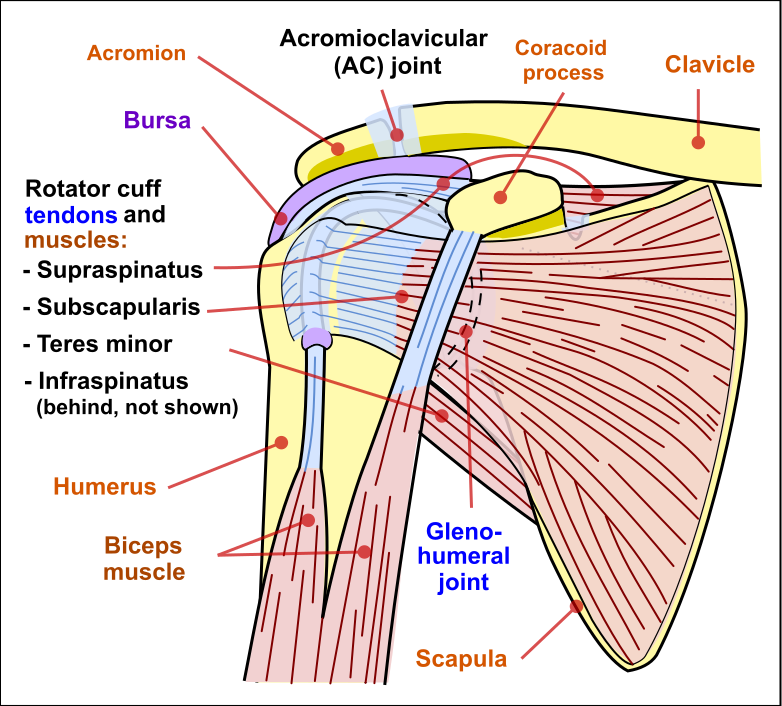Movement Debrief Episode 109 is in the books. Below is a copy of the video for your viewing pleasure, and audio if you can’t stand looking at me.
Here is the setlist:
- What are normal scapular movements during respiration?
- Are these scapular respiration movements paired together as we move?
- Is passive exhalation a thing?
- What are the primary compensatory scapular positions for a wide and narrow ISA?
- What happens if further compensatory activity occurs?
- What type of compensatory strategy is a swayback posture utilizing?
- What are the best ways to gain proximal hamstrings to elicit a posterior pelvic tilt?
- How would you test whether a client needs inferior or superior posterior thorax expansion?
If you want to watch these live, add me on Instagram. Enjoy!
and the audio version:

 t
tTable of Contents
Below are the links mentioned in the show notes
Check out Human Matrix promo video below:
Below are some testimonials for the class:
Want to sign up? Click on the following locations below:
April 4th-5th, 2020, Atlanta, GA (early bird ends March 6th at 11:55pm)
May 23rd-24th, 2020, Dickinson College in Carlisle PA (Early bird ends April 26th at 11:55pm!) [Approved for 14 Category A CEUs for athletic trainers]
June 6th-7th, 2020, Minneapolis, MN (Early bird ends May 3rd at 11:55pm!)
August 1st-2nd, Boston, MA (Early bird ends July 5th at 11:55pm!)
September 12th-13th, Montreal, Canada (Early bird ends August 16th at 11:55pm!) [6 CEUs approved for Athletic Therapists by CATA!]
October 3rd-4th, Ann Arbor, MI (Early bird ends September 6th at 11:55pm!)
November 7th-8th, Charlotte, NC (Early bird ends October 11th at 11:55pm!)
November 21st-22nd, San Diego, CA (Early bird ends October 25th at 11:55pm!)
Or check out this little teaser for Human Matrix home study. Best part is if you attend the live course you’ll get this bad boy for free!
Here is a signup for my newsletter to get nearly 5 hours and 50 pages of content, access to my free breathing and body mechanics course, a free acute:chronic workload calculator, basketball conditioning program, podcasts, and weekend learning goodies:
[yikes-mailchimp form=”1″ submit=”Get learning goodies and more”]
Here is rockback breathing, a great way to encourage a posterior tilt
Here is the drunken turtle. You are getting a passive posterior tilt, but it’s a great dynamic activity to drive spinal inhalation
A great squat variation to get proximal hamstring is the chair and wall squat
If you want to learn more about squatting, check out my deep dive.
Here is a picture of the subscapularis. Note the differences in fiber direction based on location:

If you need lower posterior thorax expansion, check out my youtube playlist on all my favs:
If you need more upper thorax expansion, check out my youtube playlist on all my favs:
Scapular Respiratory Mechanics
When talking about respiratory scapular respiratory mechanics, INHaled scaps are Abducted, externally rotated, downwardly rotated, and posteriorly tipped.
Do those 4 movements ride together always with regard to a trainer’s eye? To say a different way, If I protract/reach and Inhale in mid propulsion, like a pushup position… I should have these four motions occurring together?
Upward Rotation
Thank you for the response! Could you explain how upward rotation is part of exhalation mechanics? I’m trying to visualize it but I’m having trouble connecting all the dots
Passive Exhalation
Is passive exhalation a thing?
Compensatory Scapular Mechanics
Hey Zac! Could you possibly talk about the compensatory scapular movement for narrow and wide ISA? For example, narrow ISA tends to have anterior compression first, how would this impact scapular movement? I can’t seem to quite understand this. Thank you!
Swayback and Respiration
Would you consider someone with a swayback posture using an inhalation or exhalation strategy?
Pelvic tilts for Hip Internal Rotation
How do you get hamstrings to engage to greater influence posterior pelvic tilt, which would greater influence femoral internal rotation?
Differentiating Posterior Thorax Expansion
What is your go-to test to differentiate whether a client needs inferior or superior posterior ribcage expansion? They probably lack humeral ER in both situations if I understand correctly. Thank you!
Sum Up
- Normal scapular mechanics assume a “uniform” expansion in all directions of the thorax.
- Movement inherently biases air to go in certain areas of the thorax, changing the paired mechanics.
- Scapular upward rotation is associated with exhalation because the upward rotators compress the thorax.
- Passive exhalation typically occurs with quiet breathing; different than breathing that intends to restore movement options.
- Narrow infrasternal angles have thoraxes with increased volume posteriorly and more anterior compression; leading to an abducted and internally rotated scapula. More humeral internal rotation-based measures would be limited
- Wide infrasternal angles have thoraxes with increased volume anteriorly and more posterior compression; leading to an adducted and externally rotated scapula. More humeral external rotation-based measures would be limited
- A swayback is using an inhalation strategy, hence the increased thoracic kyphosis
- Using deeper hip flexion can better recruit the hamstrings when choosing activities for posterior pelvic tilting
- Posteroinferior thoracic expansion is needed with loss of shoulder external rotation at 90 degrees abduction
- Posterosuperior thoracic expansion is needed with loss of shoulder external rotation a 0 degrees abduction or horizontal abduction
- Shoulder flexion limitations can signify total posterior expansion (above 120 flexion needs upper thorax, less than needs mid to lower)
Image by Anders Pearson

